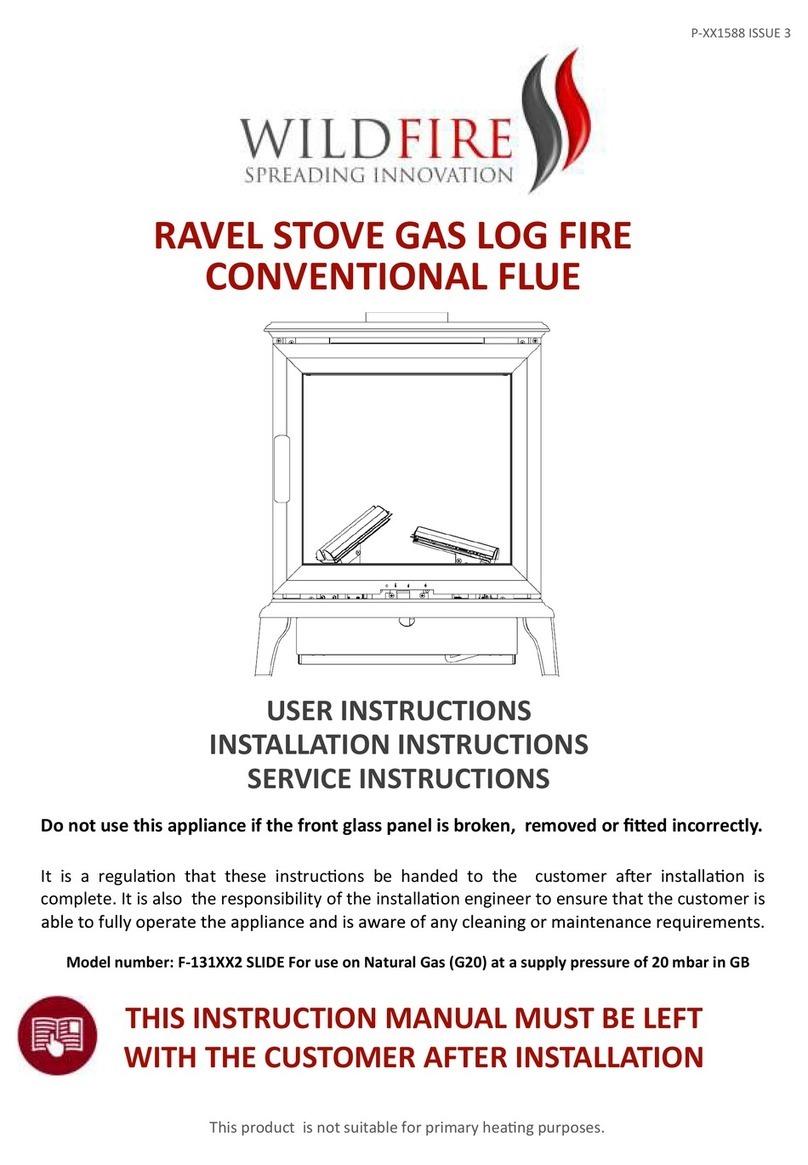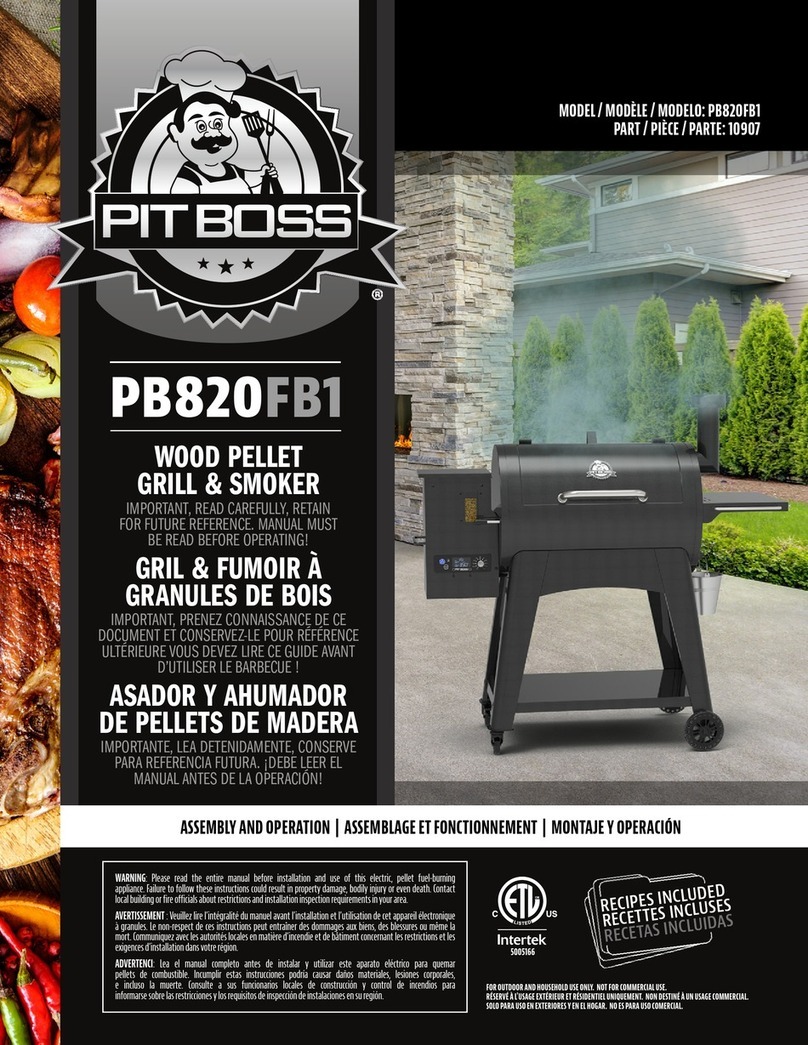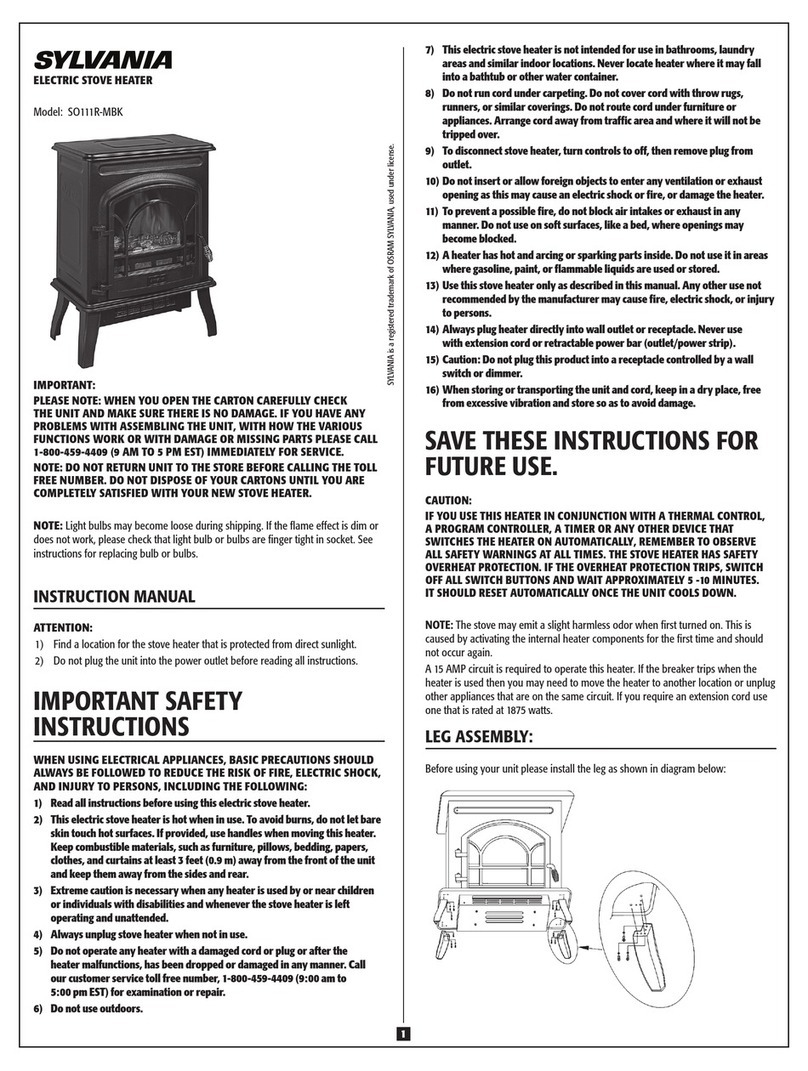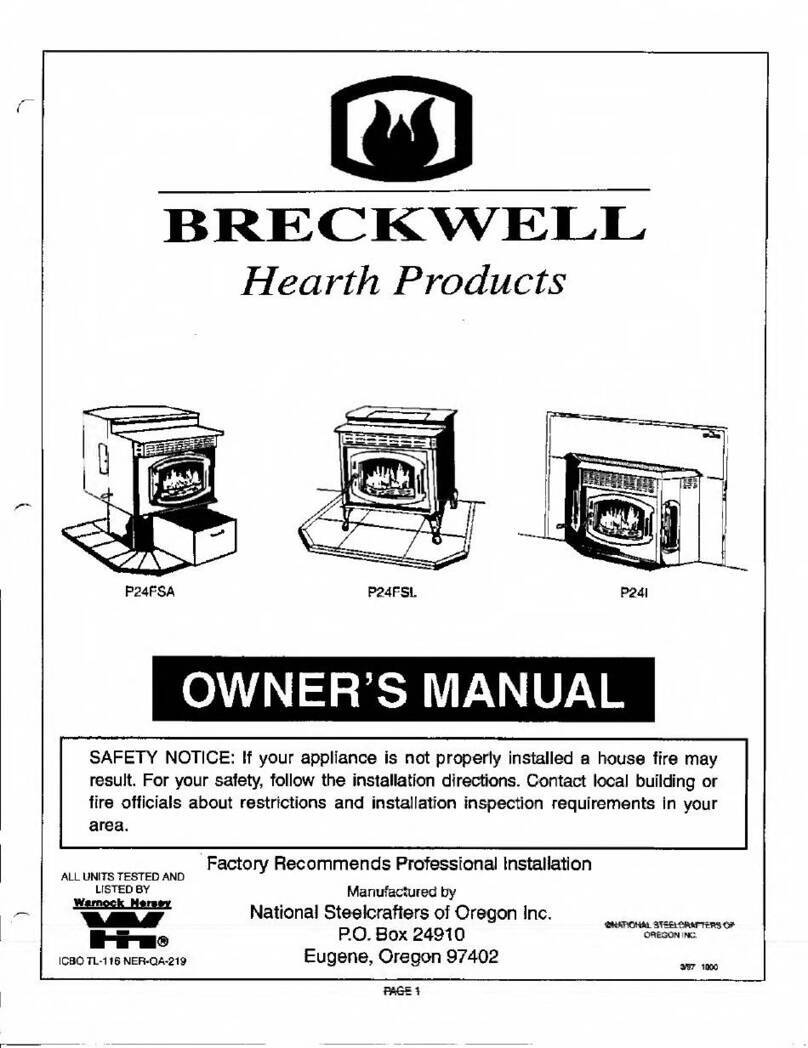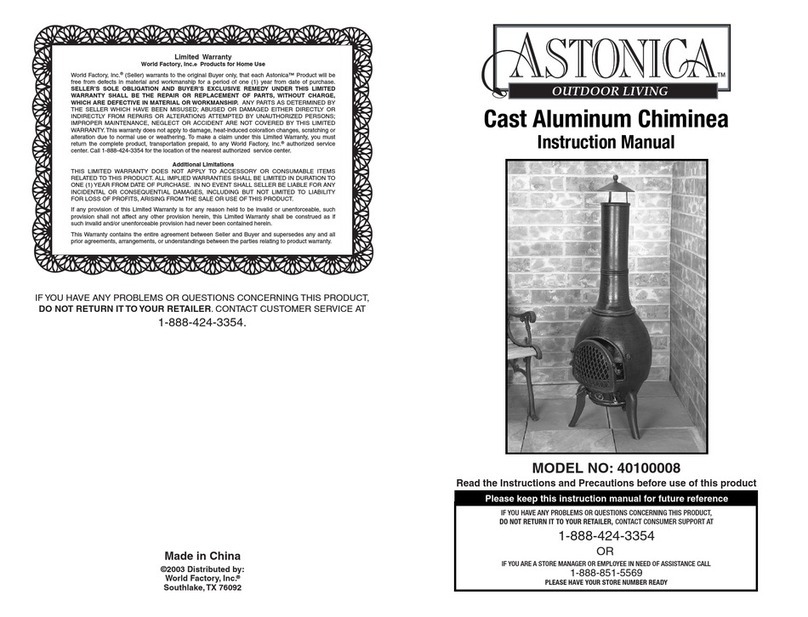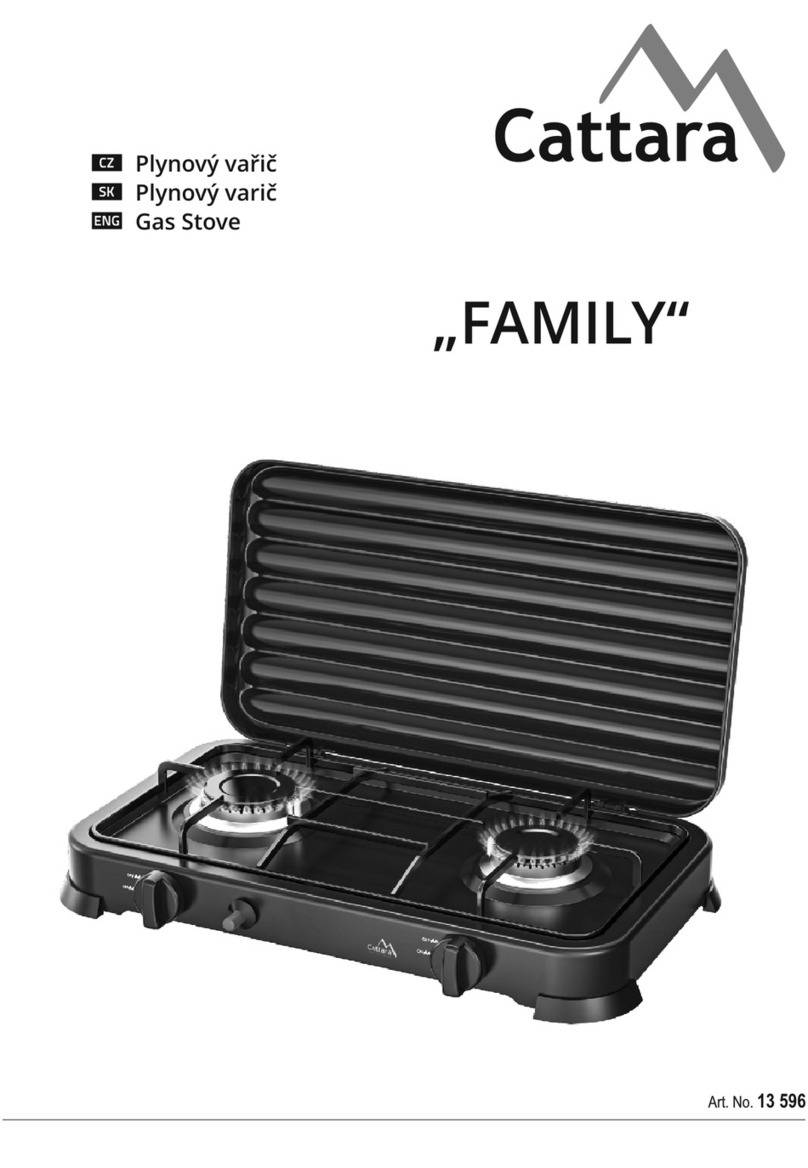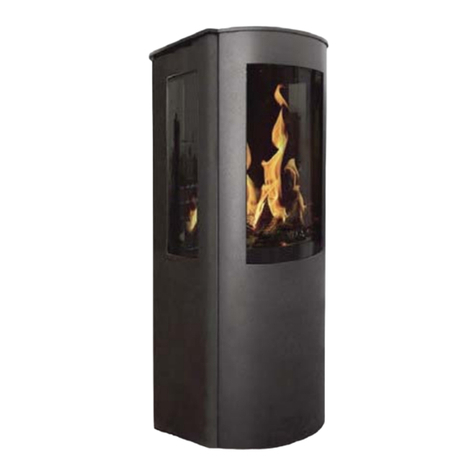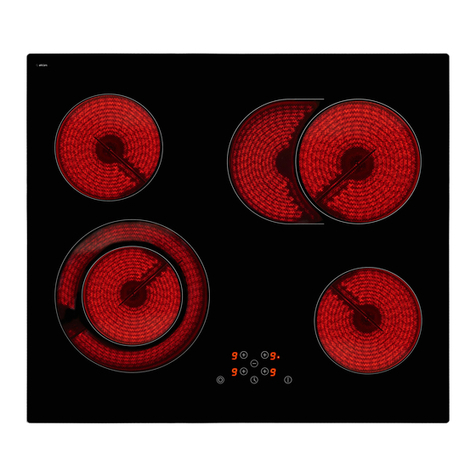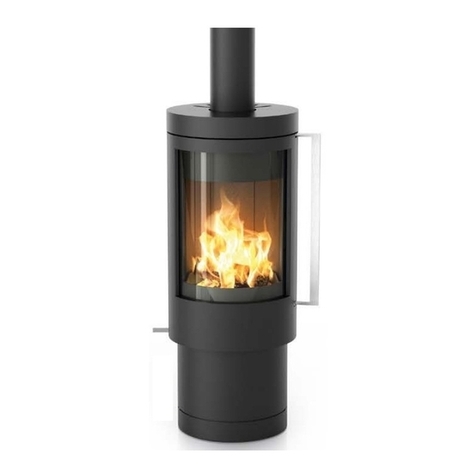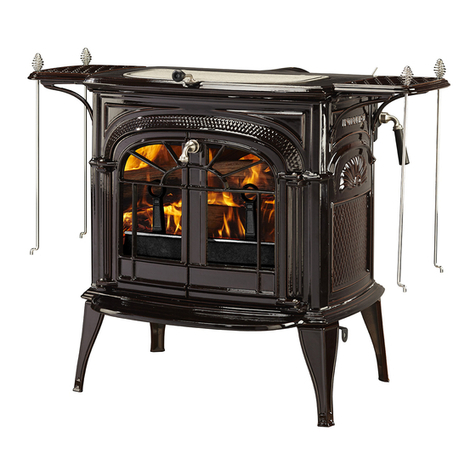1 | S t r o n a
TABLE OF CONTENTS
1. GENERAL INFORMATION..........................................................................................................................................3
1.1. Transportation..............................................................................................................................................3
1.2. Storage..........................................................................................................................................................3
1.3. Control of burner’s delivery..........................................................................................................................4
1.4. Free space around burner ............................................................................................................................4
2. PRODUCT DESCRIPTION............................................................................................................................................5
2.1. Construction of burner .................................................................................................................................6
2.1.1. Group 1 (R16, R26, R35) .......................................................................................................................6
2.1.2. Group 2 (od R44 do R150) ....................................................................................................................7
2.2. Quality requirements for pellets fuel...........................................................................................................8
2.3. Burner nameplate template.........................................................................................................................9
2.4. Technical data...............................................................................................................................................9
2.5. Safety systems ............................................................................................................................................13
2.6. Technical data of controller, description of functions and burner settings...............................................13
3. INSTALLATION.........................................................................................................................................................14
3.1. Chimney......................................................................................................................................................14
3.2. Boiler / oven ...............................................................................................................................................14
3.3. Fuel hopper.................................................................................................................................................17
3.4. External feeder ...........................................................................................................................................17
3.4.1. External feeder - type 1 ......................................................................................................................17
3.4.2. External feeder - type 2 ......................................................................................................................18
3.4.3. External feeder - type 3 ......................................................................................................................19
3.4.4. Feeder position...................................................................................................................................20
3.5. STB protection ............................................................................................................................................20
3.6. Boiler temperature sensor .........................................................................................................................20
4. BURNER AND FEEDER ASSEMBLY ...........................................................................................................................21
4.1. Installation in boiler....................................................................................................................................22
4.1.1. Mounting scheme for burners from group 1 (R16, R26, R35)............................................................22
4.1.2. Mounting scheme for burners from group 2......................................................................................22
4.2. Mounting of pellet inlet stub......................................................................................................................23
4.3. Connecting the feeder................................................................................................................................24
4.4. Connecting the controller...........................................................................................................................24
5. ADDITIONAL CONNECTIONS AND FIRST STARTUP .................................................................................................24
6. EXPLOITATION AND SAFETY REGULATIONS ...........................................................................................................25
6.1. Exploitation.................................................................................................................................................25
6.2. Maintenance of furnace .............................................................................................................................25

